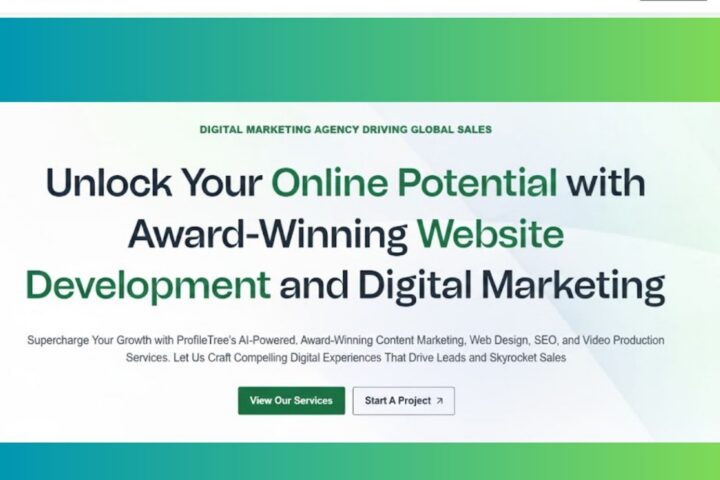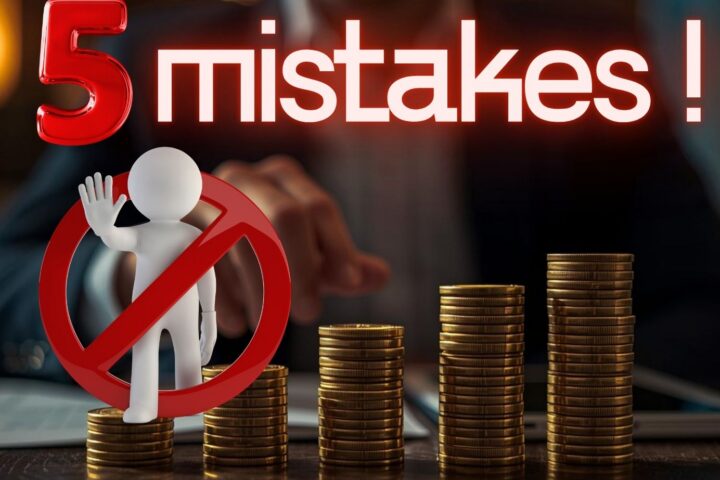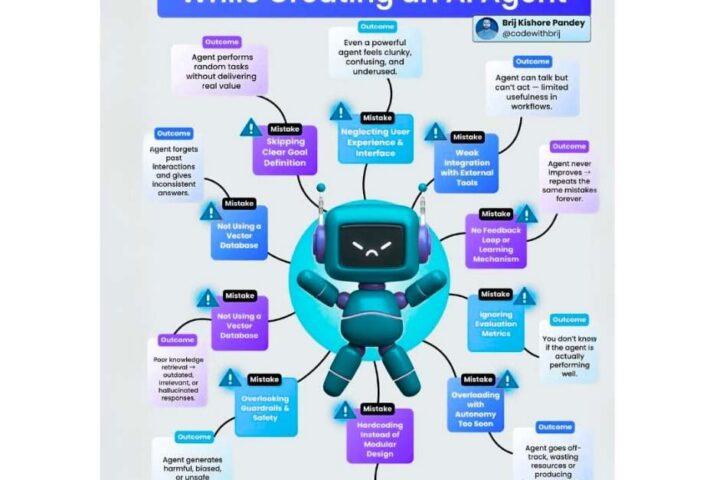Are you ready to learn the best practices for live sales demos? We’ve created the Ultimate Guide to Live Sales Demos to give you a clear, jargon-free explanation of what live sales demos are and why they’re looking a lot different lately. Most importantly, this guide will show Account Executives (AEs) and Solutions Engineers (SEs) how they can start delivering the kinds of live sales demos their prospects want. Let’s get started.
What is a live sales demo?
A live sales demo is a demonstration of your product given to a prospect in real-time by your sales team. What that live sales demo looks like varies from company to company. But the intent is always the same, to help prospects see the value of your product and bring them closer to the point of purchase.
What does a live sales demo look like?
The intent of a live sales demo is to show prospects what it would feel like to proficiently use your product, drawing attention to features that will specifically appeal to them in the process. What that demo looks like varies by organization, but for most SaaS companies, live sales demos will be in one of the following formats:
- A product sandbox that looks feels, and responds just like a live product login but is actually a contained demo environment.
- A production environment that is unstable from being continually remade and often has to be manually updated for every new design or product feature rollout.
- A live product login to a “dummy account” designated exclusively for sales teams to use during live sales calls.
- A PowerPoint deck filled with screenshots and descriptions of the product.
Of the three demo formats, demos with sandbox environments, which eliminate the risk of unstable demo environments, are fast becoming the gold standard.
This is because the advent of no-code demo creation and new demo creation platforms make it easy for SEs to capture their product’s look, feel, and functionality and replicate it in a demo with a sandbox environment. Whereas previously, making traditional production environment demos would take SEs days (or even weeks) now it only takes hours.
As a result, more and more SaaS companies are increasingly adopting the use of demo creation platforms that allow them to deliver a rich demo experience to prospects during live sales calls.
What happens when demos aren’t demos?
When prospects are promised a “demo” during a live sales call, they expect to come and see a demonstration of your software product. Yet, some prospects end up walking away from the call frustrated because their expectations weren’t met.
This typically happens for two reasons.
First, the promised demo is nowhere in sight. The prospect filled out the “Request a Demo” form or responded to a cold call or email, only to find themselves on a demo-less discovery call.
The AEs’ intent may be good; to find out more about the prospect and to qualify whether or not it’s worth their busy SEs’ time to build a custom demo for them later. But a prospect who feels like they were tricked is less likely to agree to that next demo call, or if they do agree, they’re not showing up with a trusting mindset.
And second, the “demo” is actually a PowerPoint deck. Prospects didn’t agree to a “live sales presentation”; they agreed to a “live sales demo”. So when AEs and SEs bring a deck to the call instead, prospects often feel duped.
Until recently, AEs and SEs didn’t always have a choice in the matter. It just wasn’t possible for SEs to make a custom demo for every interested prospect, especially when it was for an enterprise prospect with complex integration requirements.
The AE didn’t want to show up to the live sales demo empty-handed, so they presented a deck filled with screenshots and bulleted benefit statements and hoped it would pass as a product experience. (Spoiler alert: It didn’t.)
Production environments and “dummy accounts” don’t work for live sales demo calls.
The most popular advice given to SEs and AEs is to be as prepared as possible for their live sales demo. After all, there’s nothing worse than having the unexpected ruin a potential sale. So most sales teams ask themselves questions like:
Do I have a backup internet source? Have I locked my dogs up so they won’t start murderously barking at the Amazon delivery person during the call?
But there’s one more question to ask: “Do I have a demo I can rely on?” If the answer is no, you’re probably planning to use an unreliable production environment or log in to a dummy account on your call.
Both demo formats can derail a live sales call for even the most well-prepared team. Here’s why.
- Production environments are fraught with errors. Need I say more? The margin for errors and glitches is wide when giving a demo in an unstable environment. You can have a PowerPoint deck with screenshots ready as a backup plan, but that won’t give your prospect what they came to the call for – a product experience.
- Dummy accounts are messy. Administrative or “dummy” accounts contain the data of every prospect who has tread there before. This visual overload makes it hard for distracted prospects to envision themselves using your product. Not to mention confusing for the person delivering the demo.
The demo your prospect really wants to see on a live sales call.
Disney paints everything they don’t want their park guests to notice with a green paint called “No See-um Green” or “Go Away Green,” so their guests will never be distracted from the magic by a water filtration system or garbage can.
This is what your prospect wants you to do during a live sales demo call. They want you to hide the necessary mess so they can experience the best parts of your product. They want a demo that feels, looks, and performs like a perfectly executed product login.
Powerpoint decks don’t feel real, and production environments and live product logins are never perfect. So what works? Demos with a sandbox environment that looks feels and responds like real product interactions. The buttons click, the menus drop down, and the application does what it’s supposed to, without errors, glitches, or messes.
Demos like these are made using complete demo creation platforms. Demo creation platforms help SEs make sandbox demos by capturing the front end of your application, replicating it, and then allowing users to customize and personalize the finished captures.
For example, a complete demo creation platform will allow users to capture their application’s functionality in two ways.
- Application Capture (Ideal for live sales demos): Captures your real product experience with just a few clicks, by cloning the code that renders the front end of your product.
- Screen Capture (Ideal for guided demos): Captures the appearance and interactivity of individual screens within your application, allowing you to order them in the way that best suits the story you want to share with your prospect.
Who gives the demo on a live sales call?
Typically during a live sales call, demos are presented to prospects by an Account Executive (AE) and a Solutions Engineer (SE).
The AE is on the live sales call to listen to the prospect’s needs and ask discovery questions that will allow them to better understand the specific use cases the prospect has in mind for the product.
The SE is on the live sales call to answer any technical questions and point out product features that would specifically benefit the prospect.
However, SaaS companies that use demo creation platforms are able to run sales calls that don’t always require their SE to be present. Something that busy SEs are very happy about!
Using a demo creation platform, SEs can premake demos customized to appeal to specific vertical markets, present use cases, or showcase key product features. Their AEs can then personalize the demo with prospect logos, job titles, etc.
AEs can independently run live sales demo calls with early prospects who are still in their discovery phase. SEs can prioritize their time, only jumping on calls with prospects who are further along in the sales cycle and better qualified.
Why are there so many new requests for demos?
Feeling overwhelmed with the number of demo requests that come in every week? We’re not surprised. Below are 3 reasons why SEs are busier than ever making demos.
- Your prospect demographics changed. TrustRadius’s Annual Research Report found that today’s B2B tech buyers are increasingly younger ( 60% are between the ages of 25 and 39) and more likely than older generations to discover your product by searching online. As a result, your “Request a Demo” page is seeing a lot more action.
- Demos got better. Prospects have seen what demos can (and should) look like, and they’re no longer satisfied with a PowerPoint deck masquerading as a product experience. In fact, 58% of B2B tech buyers say they rely on demos to make purchasing decisions.
- B2B wants to buy like B2C. Your prospect spent their lunch hour downloading and trying out a food delivery app. They tried it, and they liked it, so they decided to keep using it. They want this purchasing experience to carry over into their B2B lives and are relying on demos to give them that same “try before you buy” pathway.
2 things your prospect wants during a live sales demo and how you can deliver.
- Less discovery, more demo.
Discovery questions become a separate line item on your call agenda when you’re working with a demo environment that locks you into a rigid story flow. This frustrates prospects who want you to skip right to the good part, the demo.
Deliver it: Bring discovery and demo together by using a demo creation platform to make demos that look, feel and respond like a real product interaction, so you can move around within it freely and easily.
This way, you can ask discovery questions like, “What feature would be most helpful to you?” and then navigate the demo directly to that feature when they answer.
2. Serve the meal, not the leftovers.
Every prospect wants a demo that looks as though it was cooked just for them. They don’t want to eat another prospect’s leftovers. During a live sales call, the demo you share should reflect your prospect’s vertical market (not the last prospect’s) and/or specific product use case.
Deliver it: Use a demo creation platform to easily pre-create multiple demos that are customized for the vertical markets.
What Happens After the Live Sales Demo?
Let’s imagine that you’ve just successfully completed a live sales demo. What comes next? If you made your demo using a complete demo creation platform—a lot!
Follow up with a guided demo. Once the live sales demo call is over, you should be walking away with an awareness of what your prospect was most excited about, and how they’re hoping to use your product.
Use that information to create and send guided demos that your prospects can explore independently after the call. Much like a live sales demo, guided demos give prospects a realistic product experience. But since you won’t be there when they view it, guided demos include pop-up guides and interactive elements that do the talking for you, so they are a great sales leave behind.
Gate your demos that are shared with prospects to target your follow-up. This will require any viewers to enter their contact information for access. This way sales teams will be able to directly correlate specific users with their demo usage, versus seeing usage data broken down by IP addresses.
Once this is in place, sales teams can look at how often specific prospects have interacted with live sales demos or guided demo leave-behinds. Then use that information to determine when they should initiate further contact and shape messaging. When your outreach carries value, your prospect will be much happier to receive it.
The wrap-up.
We hope The Ultimate Guide to Live Sales Demos has helped you understand what live sales demos are, who gives them, and how you can create the best ones.
Author Bio: Grace Tyson
Grace Tyson is the VP of Sales at Reprise, an enterprise-ready demo/product experience platform. Her work at Reprise helps teams that need to tell product stories through demos and product tours, drive product-led growth, and close deals faster.
She is a career sales executive, having worked both in the US and internationally for companies like Reprise, Luma, Chorus.ai, Midaxo, and InsightSquared, all positioned in B2B.









